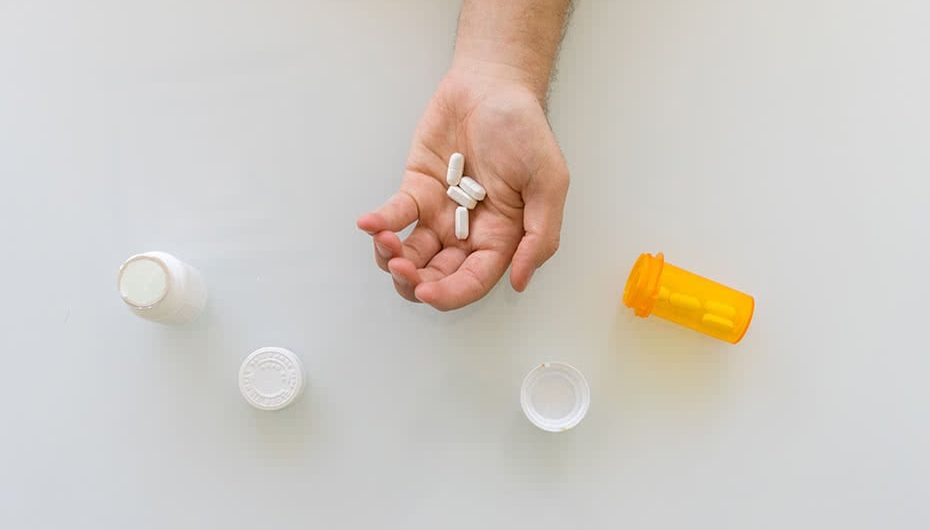Opioids are the most powerful known pain relievers known and have been around as early as the 4000 BC Sumerians. America consumes around 80% of the world’s opioid supply whether prescribed or abused. Opioid is a chemical that works by binding to opioid receptors in the nervous system and immune system.
These receptors normally regulate:
- Pain
- Stress
- Temperature
- Respiration
- Endocrine Activity
- Gastrointestinal activity
- Mood
- Motivation
Opioids can be divided into three main classes:
1. Naturally occurring opioids: Opioids found in natural sources such as plants include opium and morphine
2. Semi-synthetic opioids: Chemical synthesis used to isolate naturally occurring opioid compounds such as heroin
3. Synthetic opioids: Large molecules synthesized from small and cheap raw ingredients create synthetic opioids such as methadone and codeine
Opioids such as morphine and vicodin are often prescribed as medications for relieving pain. Opioids are rarely found as over the counter medications, but it varies depending on the country they were purchased in.
Opioids such as heroin, methadone and opium are commonly abused, normally via intravenous injection or smoked. Opioids are abused for the euphoric feeling of pleasure triggered by the opioid receptors in the brain.
Opioid side effects include:
- Drowsiness
- Nausea
- Constipation
- Suppress respiration
An opioid overdose can cause the following symptoms:
- Decreased consciousness
- Vomiting
- Convulsions
- Dizziness
- Pin-point pupils
- Severe respiratory depression potentially fatal
If one experiences any of these symptoms when using opioids it’s important to seek immediate medical care. Waiting and hoping for the symptoms to pass can be fatal.
Opioids, when abused, have the potential for building of tolerance and can lead to a dependence also known as addiction. Abstinence from an opioid after prolonged use can lead to withdrawals symptoms including:
- Restlessness
- Depression
- Anxiety
- Muscle pain
- Bone pain
- Insomnia
- Diarrhea
- Vomiting
- Cold flashes
- Craving
If someone begins to have any of these symptoms or believe they may be developing an addiction from prescription opioids one should consult their doctor immediately. Opioid withdrawal symptoms can be alleviated by slowly tapering of the medications leading to complete abstinence.
Due the severity of opioid withdrawals it is recommended that the user to do so in either a detoxification facility or an inpatient rehabilitation facility. In a facility a patient can be monitored not only to prevent a relapse but also a doctor can prescribe non-addictive medications to alleviate withdrawal symptoms and prevent any permanent mental damage caused by withdrawals.
At a rehabilitation facility one can attend therapy to process any potential underlying issues behind the addiction that started them to abuse opioids. Addiction normally comes with dual disorders of depression, anxiety or trauma. Resolving these issues can help lead a life of recovery from addiction.
After abstinence certain medications can be used to help prevent relapse into opioid addiction. Vivitrol and Naltrexone are opioid receptor blockers that will prevent any effects of opioid use, assuming the medications are used effectively. These medications are useful and can work effectively but are not considered as a complete treatment plan.


